Whether you refer to it as squash, cordial, syrup, or even by brand-name like Ribena, these icy juice drinks are a go-to for millions on a hot summer‘s day.
But, you have to get the water to Ribena ratio just right.
Overdilute your drink, and your drink loses some of its pizazz, it doesn’t meet your expectations, and it fails in its very purpose to deliver a certain experience.
Brands, just like squash, can also be diluted in the same way..
In this article, you’ll discover what brand dilution is and how it impacts brands, with some examples of brand dilution to help demonstrate.
What Is Brand Dilution?

Brand dilution is when a brand loses some of its value from overuse or overextension.
The core purpose, idea, and message of a company’s brand gets lost somewhere along the way – it gets watered down.
Let’s look at this from the point of view of a brand manager’s brand strategy.
A brand strategist’s job is to shape the brand’s perception in the audience’s mind.
Brand dilution happens when businesses decide to create products or services that don’t align with what their customer base wants or with the reputation or brand equity they’ve built.

This is how it works:
A brand manager takes time to build a brand image and brand name based on quality products. They create brand equity over time.
The company launches a new product line that doesn’t live up to customers’ expectations in some way.
The company confuses, overlooks or disappoints its audience, or worse, breaks its brand promise, leading to diminished brand value.
Multiply this effect over many customers – what you’ve got right there is extremely damaging brand dilution.
In short, brand strategists must make well-considered decisions to protect the reputation, equity and value built up over time, or risk diluting the asset they work so hard to develop.
How Can Brand Dilution Happen?

Brand extension refers to when a company uses an established brand name to dive into a new product category, trying to capitalize on that existing brand equity to branch into new markets.
Launch a failed product or overextend your brand, and you get brand damage.
One example is Cadbury’s instant mashed potatoes, launched in the 1960s. Known for high-quality chocolates, branching into the low-cost savoury products market seemed a strange move.
While the mashed potatoes actually sold quite well, the move damaged sales of its iconic flagship chocolates, likely due to the muddled messages presented to its target audience.
Cadbury ended up selling Smash in 1986, preferring to stick to what we know and love.

Yet, a brand extension can be successful if the company doesn’t stray too far from what the target audience expects from the brand.
Think of Harley Davidson – a motorcycle manufacturer creating an attached clothing line, or Colgate launching its toothbrush range to complement its toothpaste.
Both of these moves align with the original brands and the reputations they built.
It highlights the value of sound consumer research and marketing strategy that considers who the customer is and what they want. Not exactly rocket science is it?
To explore this further, let’s look at some more examples.
PRO Brand Strategy BluePrint
Build Brands Like A Pro Brand Strategist
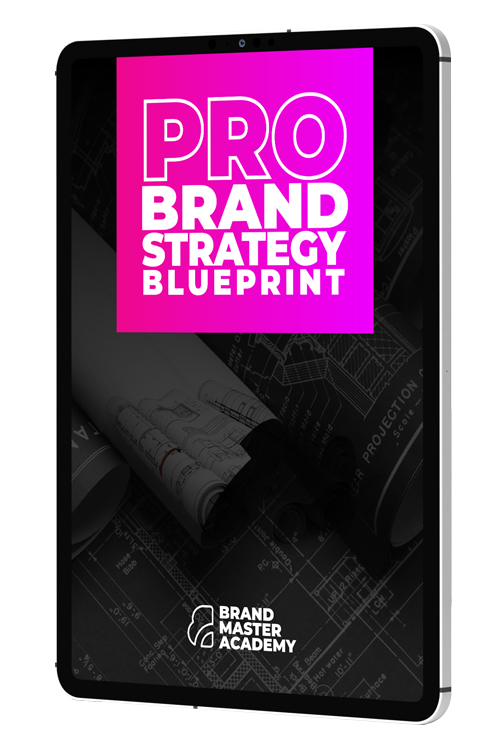
Examples of Brand Dilution

Explore Brand Strategy
Programs & Tools
Colgate Kitchen Entrees
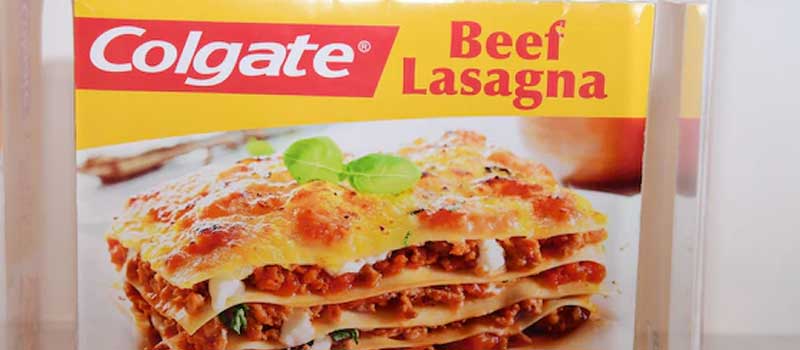
Sounds delicious, right?
Believe it or not, in the early 1980s, Colgate thought it could make a successful move into frozen foods with delightful products like Colgate Beef Lasagna.
Colgate had already enjoyed some successful line extensions – meaning new products within a product category, i.e. toothpaste, toothbrushes, mouthwash, and dental floss, all within the product category of oral hygiene.
They thought that they could extend their mouth-related product range into foodstuffs.
Customers responded with a resounding ‘no’.

Colgate believed that if customers trusted their brand in their mouths, it would transfer into this new market they targeted.
Yet, they had built such an established connection to minty freshness that was impossible to escape the mind of the consumer when considering a Colgate Lasagna.
This is a classic example of brand dilution.
The brand managers at Colgate clearly lost sight of what their audience wanted from the brand – the result was a product that conflicted with the target market’s perception of Colgate.
Samsonite Outerwear

Samsonite built its reputation on high-end luggage known for durability, from suitcases to business bags.
Samsonite thought they could perhaps trade on some notion of elegance to transfer into the clothing industry.
In fairness to Samsonite, this extension strategy doesnt stretch the imagination like a Colgate Beef Lasagna, though it didn’t fly with customers.
Customers deemed the brand as too closely attached to luggage.
They were happy to wear their bags… to a certain extent.
Amazon Fire Phone
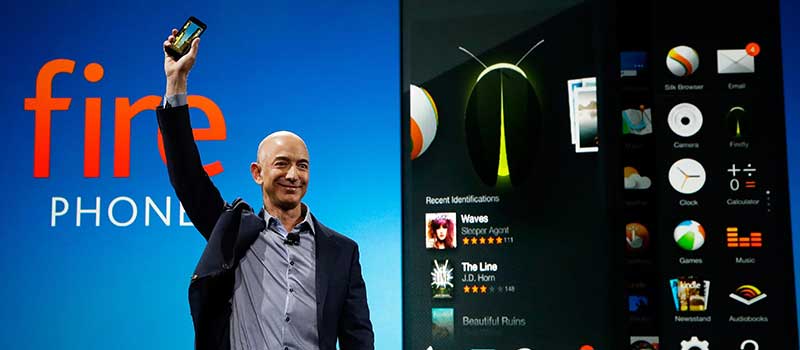
Amazon aren’t a brand to shy away from new markets.
They are expanding experts because they usually frame moves in a way that reinforces their value proposition – bringing unparalleled convenience and instant access at reasonable prices.
This core principle runs through everything they do and has allowed them to go from an online bookseller to a retail behemoth.
So, why did their Amazon Fire phone fail?
This is an example of a brand’s overconfidence.
They thought they could muscle into a new market based on their brand equity, but the product simply didn’t compete with other phones on the market.
Customers were also confused about this new direction for Amazon.
One thing to note is that Amazon quickly realised its mistake and withdrew from the market, limiting brand damage and the effects of brand dilution.
How To Avoid Brand Dilution

Some general advice to help brand strategists avoid brand dilution when expanding:
Do thorough consumer research before launching new products. Consider researching all the components of your idea and the market to which it belongs to ensure it aligns with your brand.
Always look at expansion through the lens of protecting the core brand. This means you should not create products that clash with your brands messaging.
Don’t rush any new product launches. Brand strategy is a slow process so take the time to introduce new products with care and thoughtfulness. This will hopefully ensure new products support the overall brand.
Communicate clearly. This should run through all of your branding activities. You must communicate your brand message clearly to both internally and externally. If this is done well, expansion decisions are easier as everybody is clear about the foundation you’re building upon, and customers will be able to easily make connections between old and new products.
Over To You
Brands are always looking for opportunities to widen their audience with new products, services, and offers.
Ultimately, this aims to grow the business and the brand.
However, this is a delicate process, and wrong moves can lead to brand dilution.
Understanding the importance of customer perception of your brand will help guide future business decisions.
Key Takeaways
Don’t contradict brand messaging with new products
Brand extensions can work well if they align with your brand promise and position.
Do thorough research before any brand extension
Businesses can’t simply rely on brand equity to ensure the success of a new product
Always consider what your customer wants or needs and how they see your role as a brand.
On-Demand Digital Program
Brand Master Secrets
Make the transition from hired-gun to highly valued brand strategist in less than 30 days. The systems, frameworks and tools inside this comprehensive program are all you need to level up.



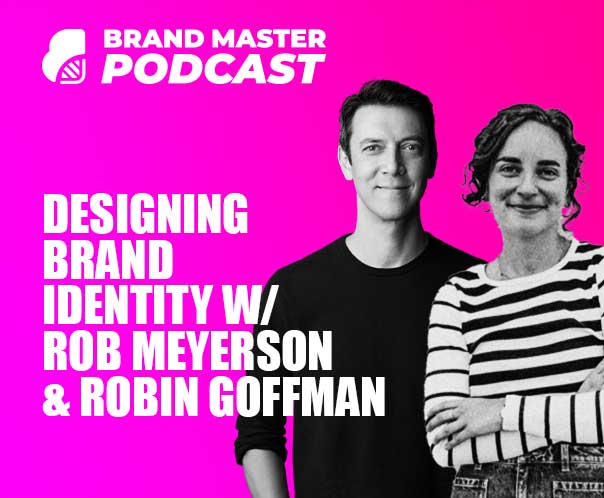


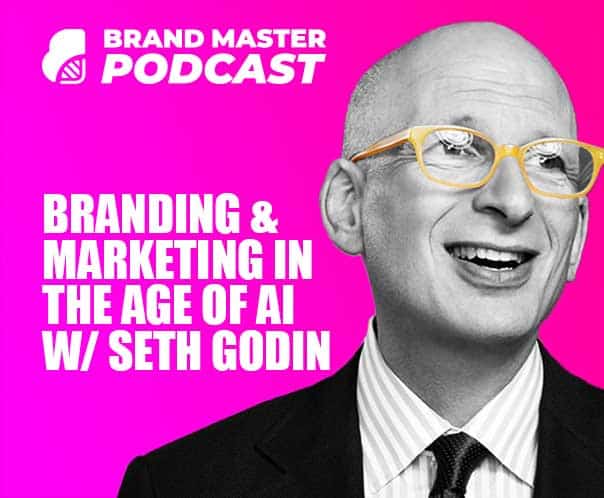
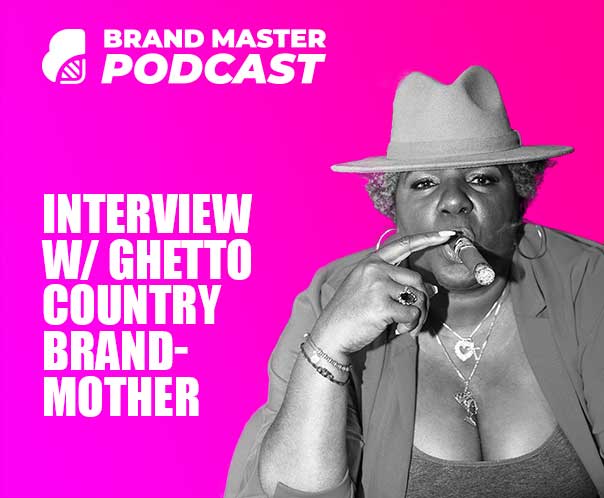

Great read, as usual! The Colgate lasagna really surprised me!